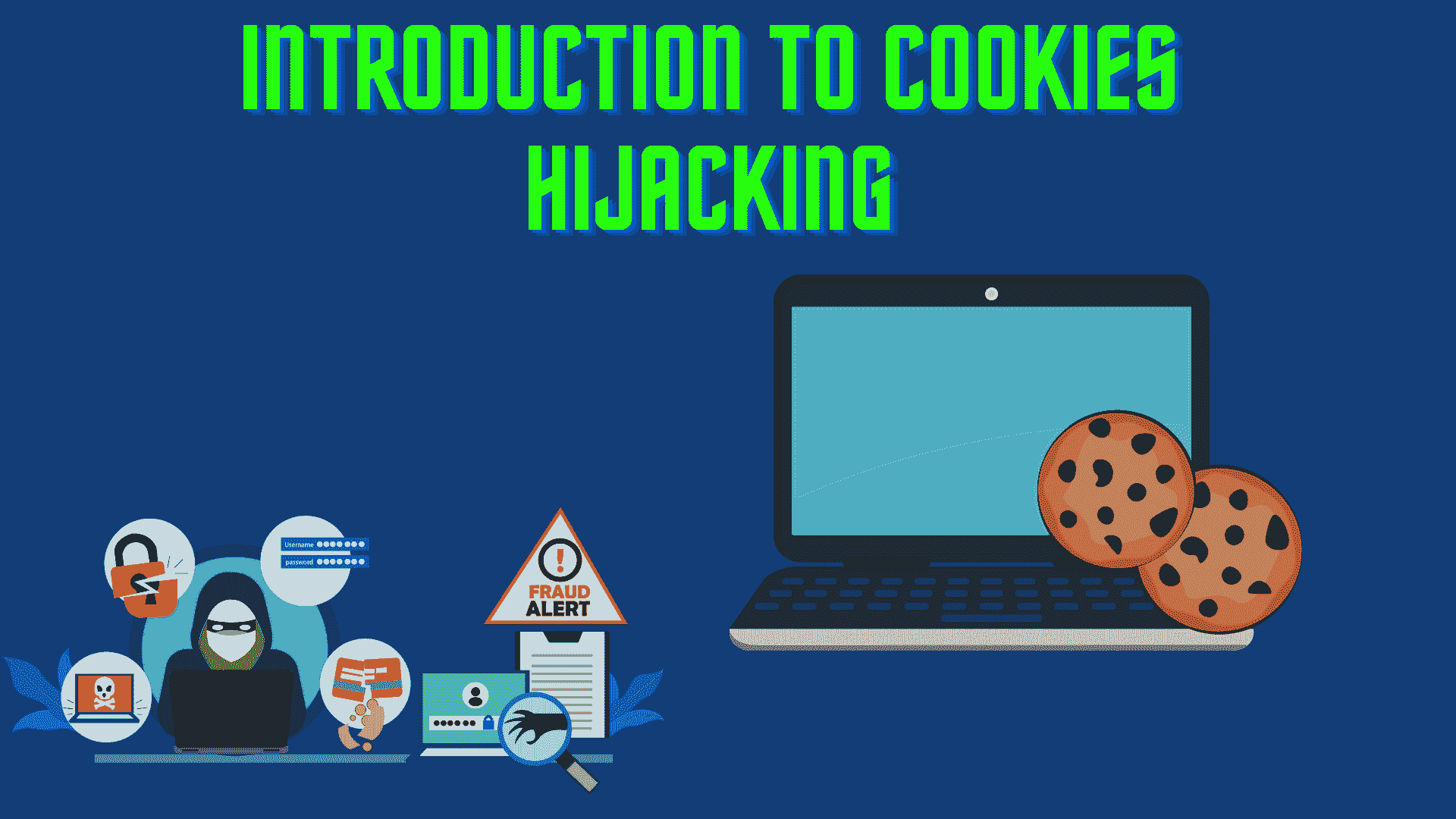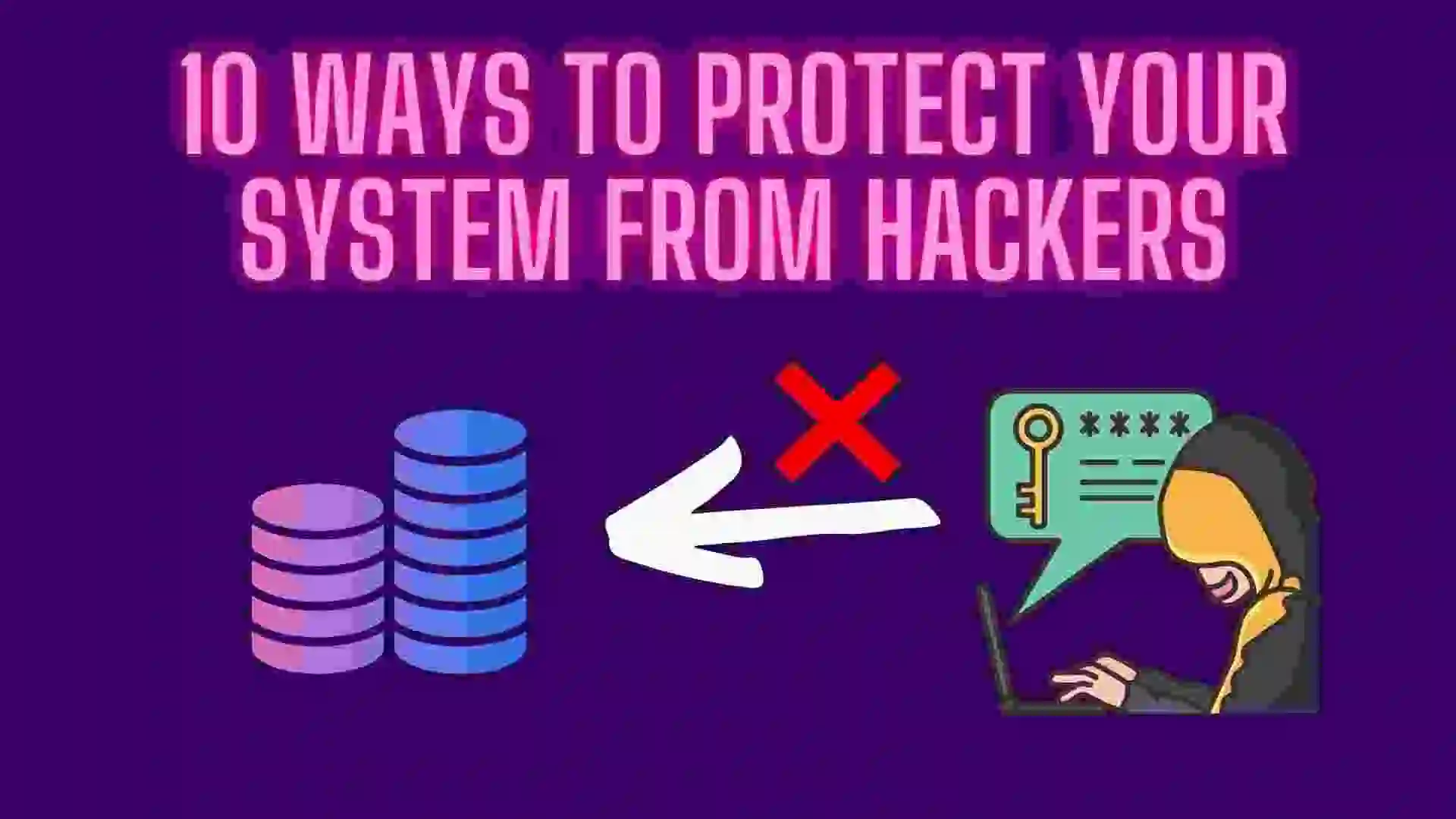In this blog, we will see the fifth layer of the OSI model, which is the Session Layer. We will see what services are provided by the Session Layer. So let’s get started with the blog.
Table of Contents
- Introduction to Session Layer
- Services provided by the Session Layer
- Protocols of Session Layer
- Recent Articles on Computer Networks
- Recent Blogs on Cyber Security
Introduction to Session Layer
The Session Layer is a conceptual framework used to understand and standardize the various functions of computer networking and communication systems. The Session Layer, also known as Layer 5, plays a critical role in managing and controlling communication sessions between devices on a network.
Its primary focus is on establishing, maintaining, and terminating communication sessions to ensure organized and efficient data exchange.
Services provided by the Session Layer
The Session Layer, as part of the OSI (Open Systems Interconnection) model, provides several important services to facilitate the establishment, management, and termination of communication sessions between devices on a network.
These services ensure orderly, secure, and efficient data exchange between applications. Here are the key services provided by the Session Layer:
A) Session Establishment and Termination:
The Session Layer is responsible for creating and ending communication sessions between devices. It handles the setup and teardown of connections, ensuring that sessions are properly initialized and closed.
B) Dialog Control:
The Session Layer manages the flow of communication between devices. It establishes rules and protocols for who can send and receive data at a given time, preventing conflicts and maintaining the structure of communication.
C) Synchronization and Coordination:
This layer ensures that data exchanged between devices is synchronized, meaning that data sent from one end aligns with the data received at the other end. This synchronization helps maintain the integrity and order of the communication.
D) Data Exchange Management:
The Session Layer facilitates the exchange of data between applications, managing the segmentation of data into manageable chunks for transmission and reassembling the chunks at the receiving end.
E) Session Recovery and Resynchronization:
In the event of communication disruptions, the Session Layer offers mechanisms to recover lost data and reestablish the session without having to restart communication from the beginning.
F) Token Management:
In certain network architectures, the Session Layer can manage tokens that grant access to the communication channel. Token-based access control ensures that only the device holding the token can transmit data, reducing the risk of collisions in shared communication media.
G) Security and Encryption:
The Session Layer can implement security features like encryption and decryption of data exchanged between applications, ensuring the confidentiality and integrity of the communication.
H) Service Location and Naming:
It assists in identifying specific services within a network. By using session identifiers, the Session Layer ensures that data is correctly routed to the intended application or service.
I) Checkpointing and Recovery:
The Session Layer can provide mechanisms for creating checkpoints during data transmission. These checkpoints allow for the recovery of data in the event of failures or errors, enabling the session to continue from a stable point.
It’s important to note that while the Session Layer has well-defined services in the OSI model, the actual implementation and distribution of these services can vary depending on the networking technologies and protocols used in real-world scenarios.
Additionally, some of the functionalities provided by the Session Layer may be integrated into higher layers, such as the Application Layer, depending on the specific requirements of the applications and the network architecture.
Protocols of Session Layer
These protocols often operate at the Application Layer or higher, handling session establishment, maintenance, and termination. Some examples include:
A) RPC (Remote Procedure Call):
RPC protocols, like DCOM (Distributed Component Object Model), incorporate session management capabilities. They enable applications to execute procedures or functions on remote systems as if they were local, and this often involves session establishment and management.
B) HTTP (Hypertext Transfer Protocol):
While HTTP primarily operates at the Application Layer, certain aspects of session management, such as session tracking through cookies, are relevant for maintaining stateful interactions between web servers and clients.
C) SSH (Secure Shell):
SSH provides secure remote access to networked devices. It establishes encrypted sessions and handles session authentication, encryption, and data exchange.
D) TLS/SSL (Transport Layer Security/Secure Sockets Layer):
While TLS/SSL primarily focuses on securing communication by providing encryption and authentication, it also involves the establishment of secure sessions between clients and servers.
E) Database Protocols:
Database protocols like JDBC (Java Database Connectivity) and ODBC (Open Database Connectivity) may include session management features when connecting to and interacting with databases.
It’s important to understand that the Session Layer’s functionalities are often implemented in various ways depending on the requirements of the applications and network architecture.
As a result, you’ll find session management elements integrated into higher-layer protocols that provide application-specific session control and data exchange.
The Session Layer’s traditional role in the OSI model has been somewhat overshadowed by the practical implementations in modern networked environments.
Recent Articles on Computer Networks
- Introduction to Computer Networking | What is Computer Network
- What are Topology & Types of Topology in Computer Network
- What is FootPrinting in Cyber Security and its Types, Purpose
- Introduction to Cloud Computing | What is Cloud Computing
- Distributed Shared Memory and its advantages and Disadvantages
- What is VPN? How doe VPN Work? What VPN should I use?
- What is an Internet and How the Internet Works
- What is a Website and How Does a Website or web work?
- Introduction to Virus and different types of Viruses in Computer
- What is TCP and its Types and What is TCP three-way Handshake
- What is UDP Protocol? How does it work and what are its advantages?
- What is an IP and its Functions, What is IPv4 and IPv6 Address
- What is MAC Address and its Types and Difference MAC vs IP
- What is ARP and its Types? How Does it Work and ARP Format
- Sessions and Cookies and the Difference Between Them
- What is ICMP Protocol and its Message Format?
- What is Big Data? Characteristics and Types of Big Data
- Disciplines of CyberSecurity | What are the goals of CyberSecurity?
- What is Firewall, Features, Types and How does the Firewall Work?
- Network Scanning, Types, and Stealth Scan in Computer Network
- Cryptography and its Types in Ethical Hacking
- Tor Browser and How does it Work | Onion Router Tutorial
- Proxy Server, Advantages, Difference between Proxy Server & VPN
- DHCP Protocol and What Are the Pros and Cons of DHCP
- Intrusion Detection System(IDS) and What are the types of IDS
- Domain Name Server, How Does It Work, and its advantages
- Telnet: Introduction, How Does it Work, and Its Pros and Cons
- SOC: Introduction, Functions performed by SOC, and its Pros
- What is SIEM? | What is the Difference between SIEM and SOC?
- Application Layer in OSI Model | OSI Model Application Layer
- What is SSL Protocol or SSL/TLS and SSL Handshake, and Architecture of SSL
Recent Blogs on Cyber Security
- What is Ethical Hacking || Introduction to Ethical Hacking
- System Security and Protection in Cybersecurity
- HIPAA (Health Insurance Portability and Accountability Act) in Cyber Security Law
- PCI DSS (Physical Card Industry and Data Security Standard) in Cyber Security Law
- What is GLBA (Gramm-Leach-Bliley Act) in Cyber Security Law?
- What is NIST (National Institute of Standards and Technology)?
- What is GDPR (General Data Protection Regulation)?
- What are ISO 27001 and CIA in Cyber Security Law?
- What is HITRUST Framework in Cyber Security Law




